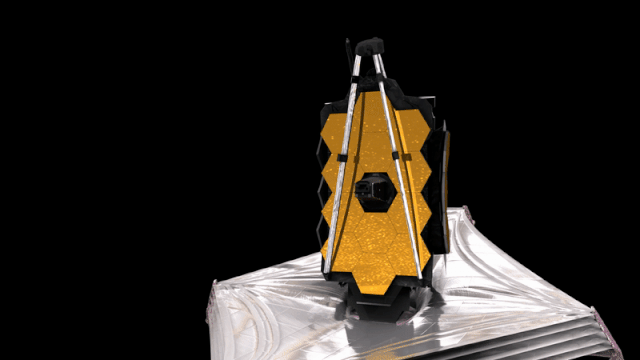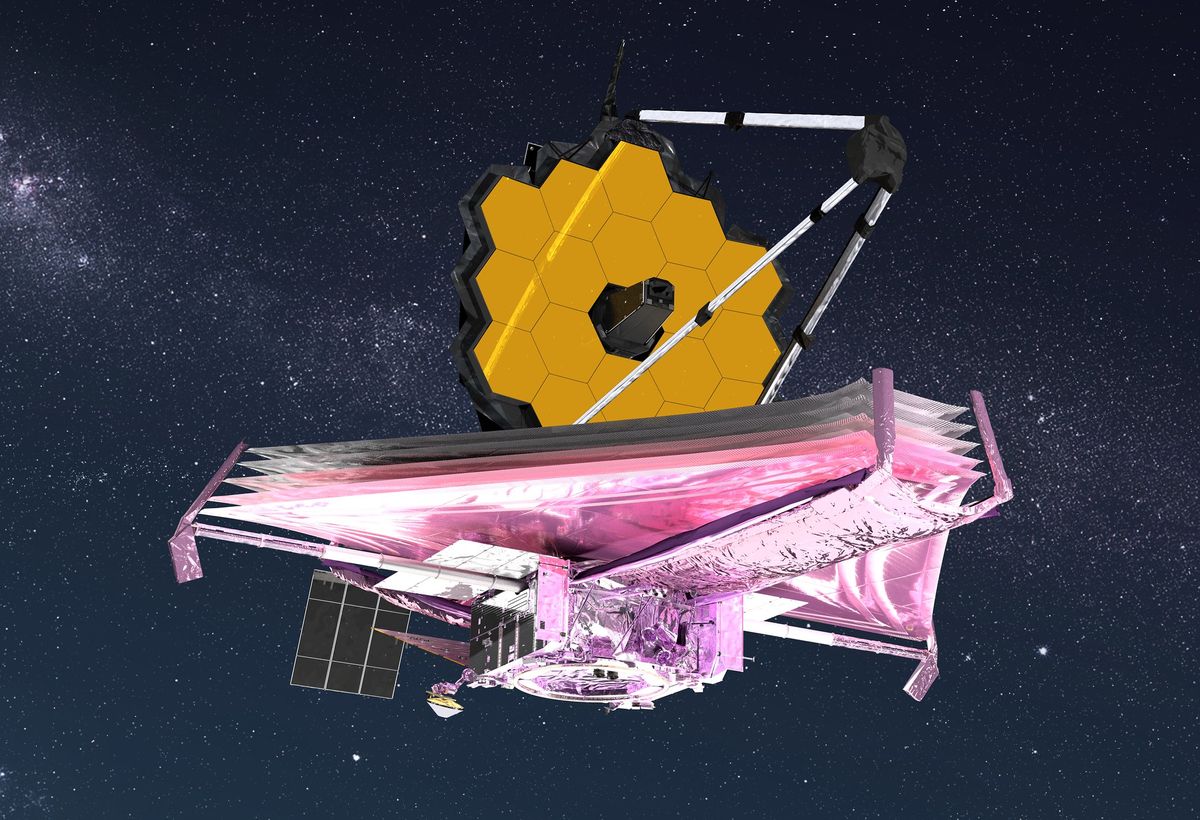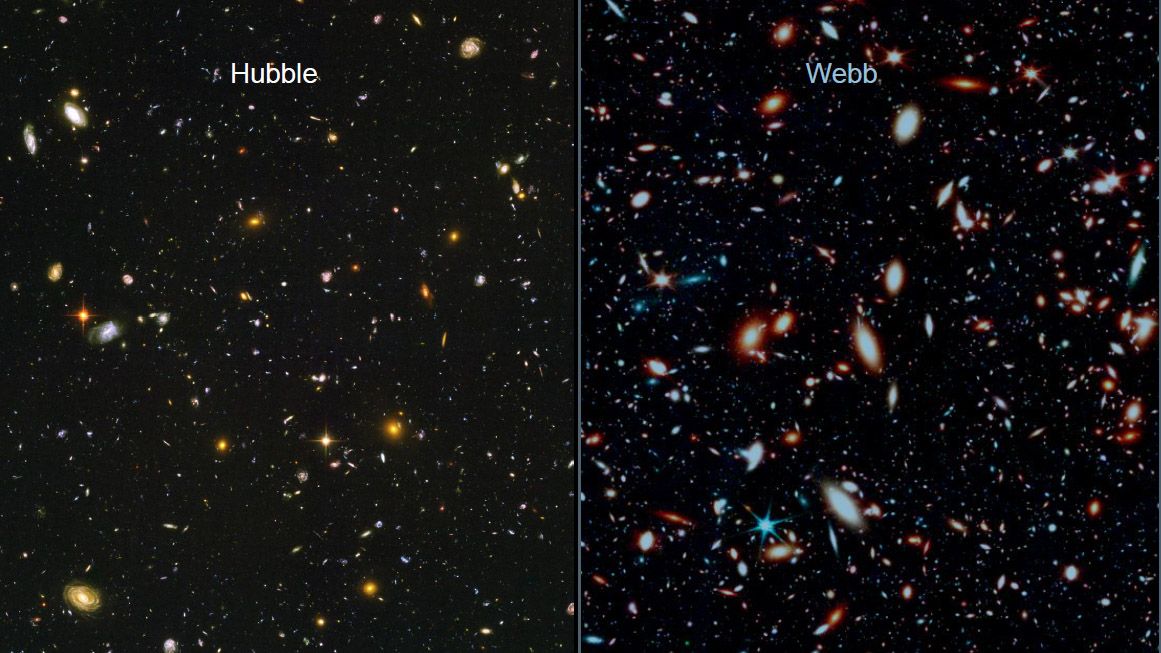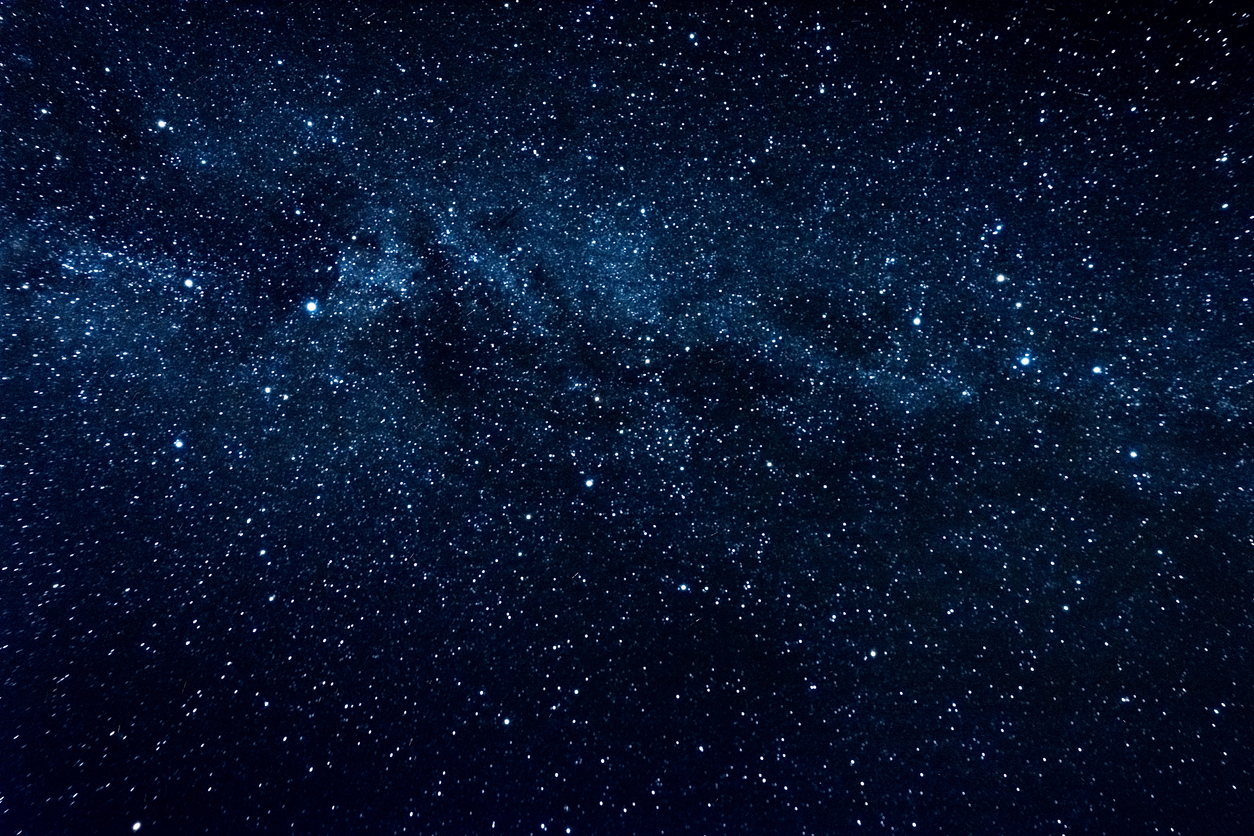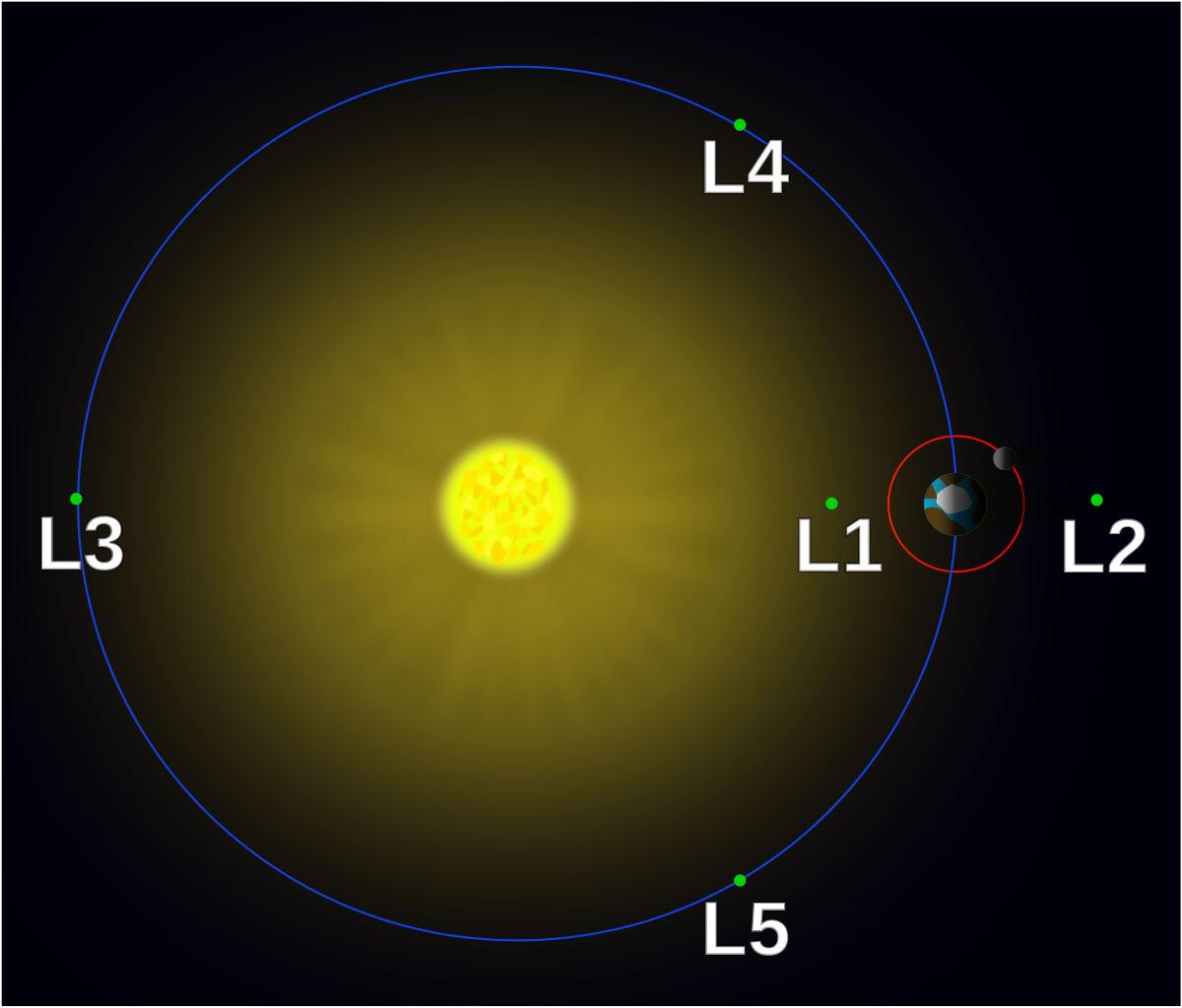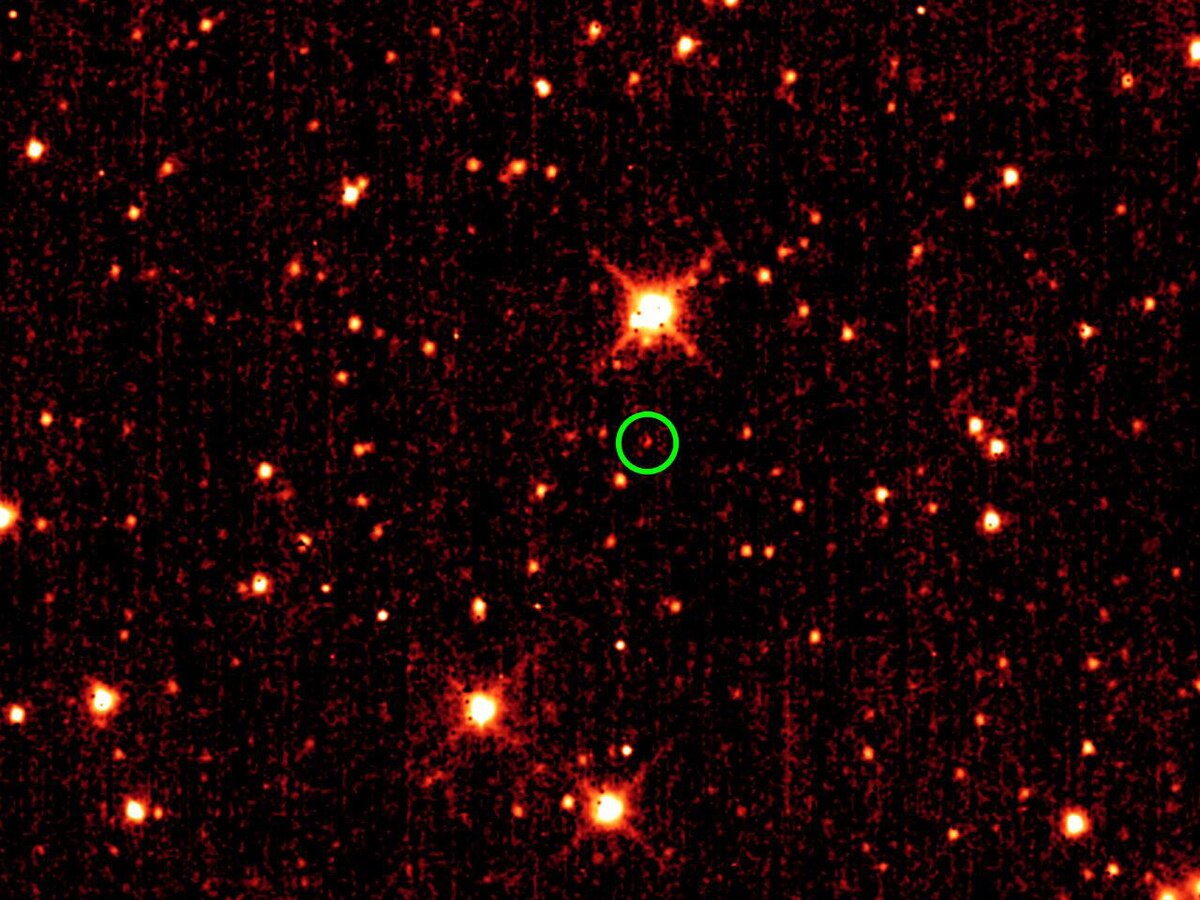Fascinating thread. Thanks. Pitching in as a "Subject Matter Expert", with a degree in Astronautical Engineering from MIT, two advanced degrees in System Engineering (GWU), and 46.5 years in the space business, with the last 15 or so architecting new NASA space science missions.
The Sun-Earth L1, L2, and L3 Lagrange points are
not stable. Explicitly, a massy body at L1, L2, or L3 is in unstable equilibrium. Any force exerted on it moves it away, and it will not return. This means that one cannot simply travel to Sun-Earth L1, L2, or L3, as one would simply drift away over time. The easiest, least expensive (in propellent) alternative is to orbit about Sun-Earth L1, L2, or L3. Past Sun-Earth L1 missions have used one of two types of orbits: halo or Lissajous. The former orbit type is further away from the Lagrange point. The latter orbit type is closer. JWST will use a halo orbit about the Sun-Earth L2 point, as it has lower propellent costs than a Lissajous orbit.
To be complete, massy bodies at Sun-Earth L4 and L5 are in stable equilibrium. A massy body at either of those points is in stable equilibrium. A force (up to a point) acting on the body will not cause it to move away.
I'll leave the mathematical derivation of the unstable equilibrium of the Sun-Earth L1, L2, and L3 points (and the stabile equilibrium of the Sun-Earth L4 and L5 points) to Dr. Urshell, when he choses to chime in on this thread.

